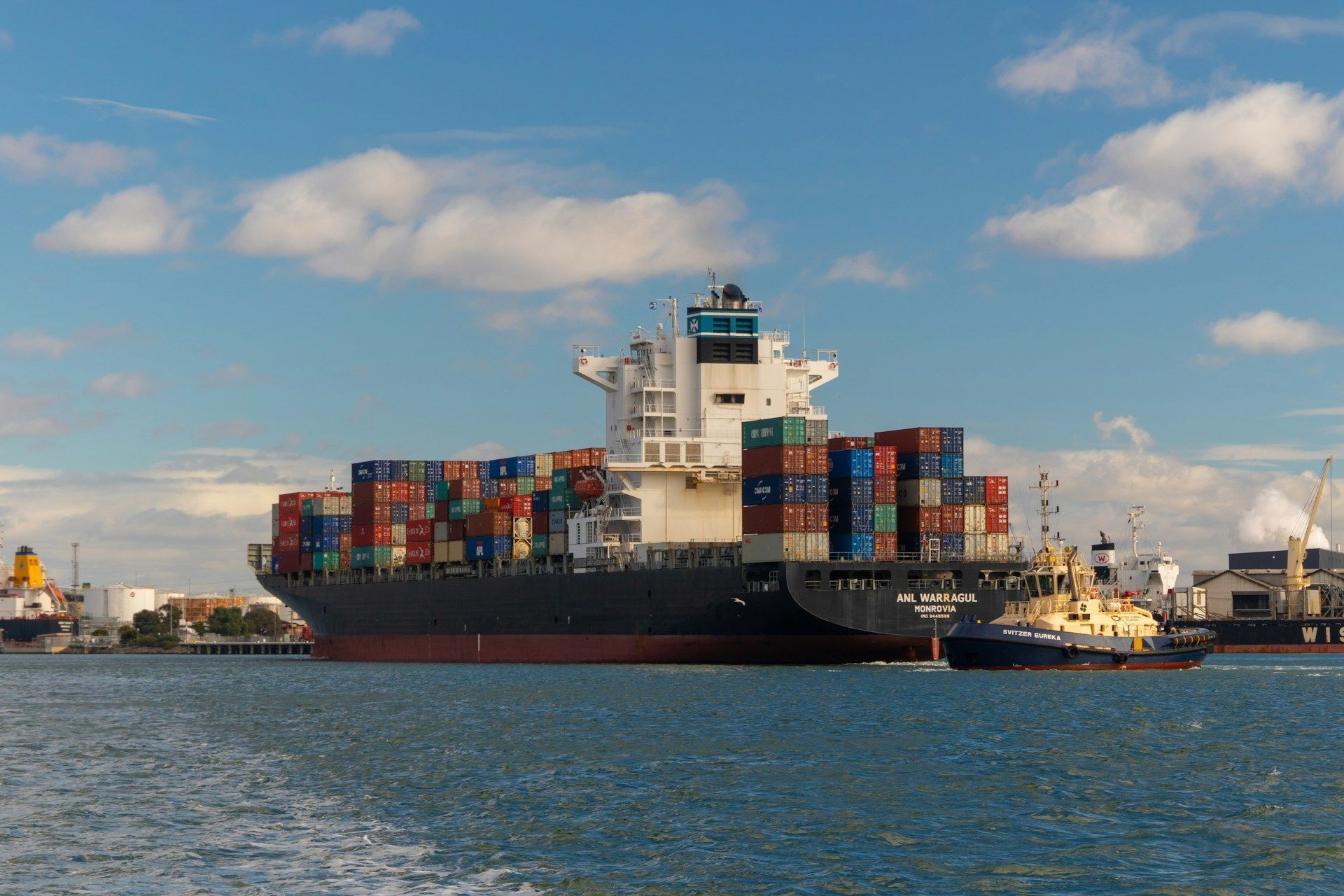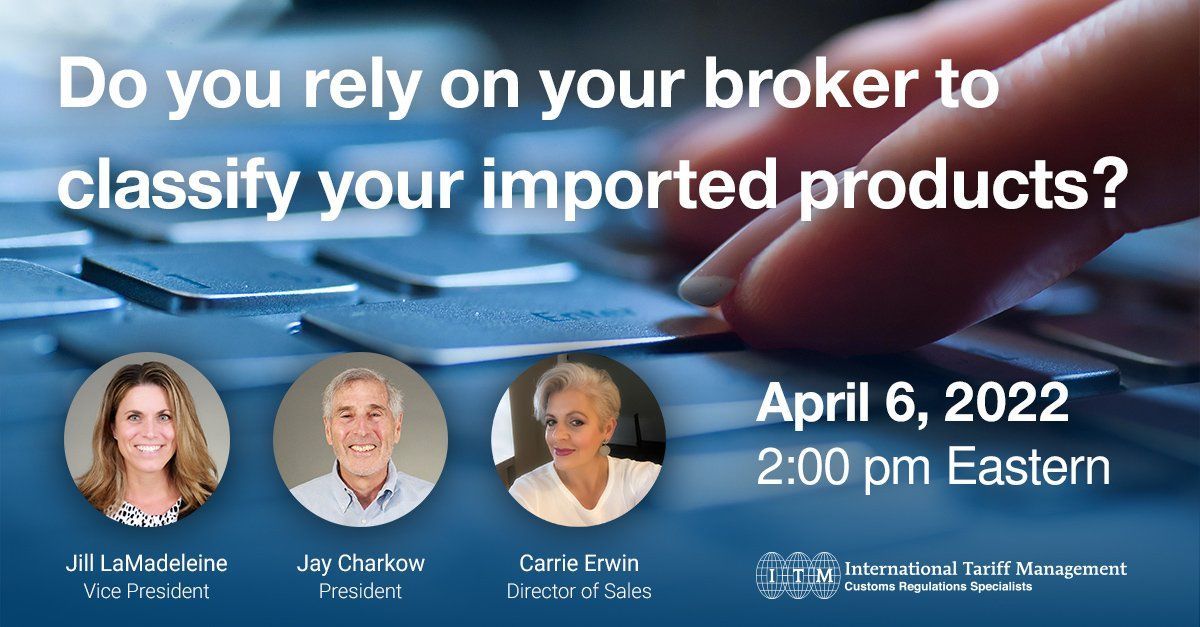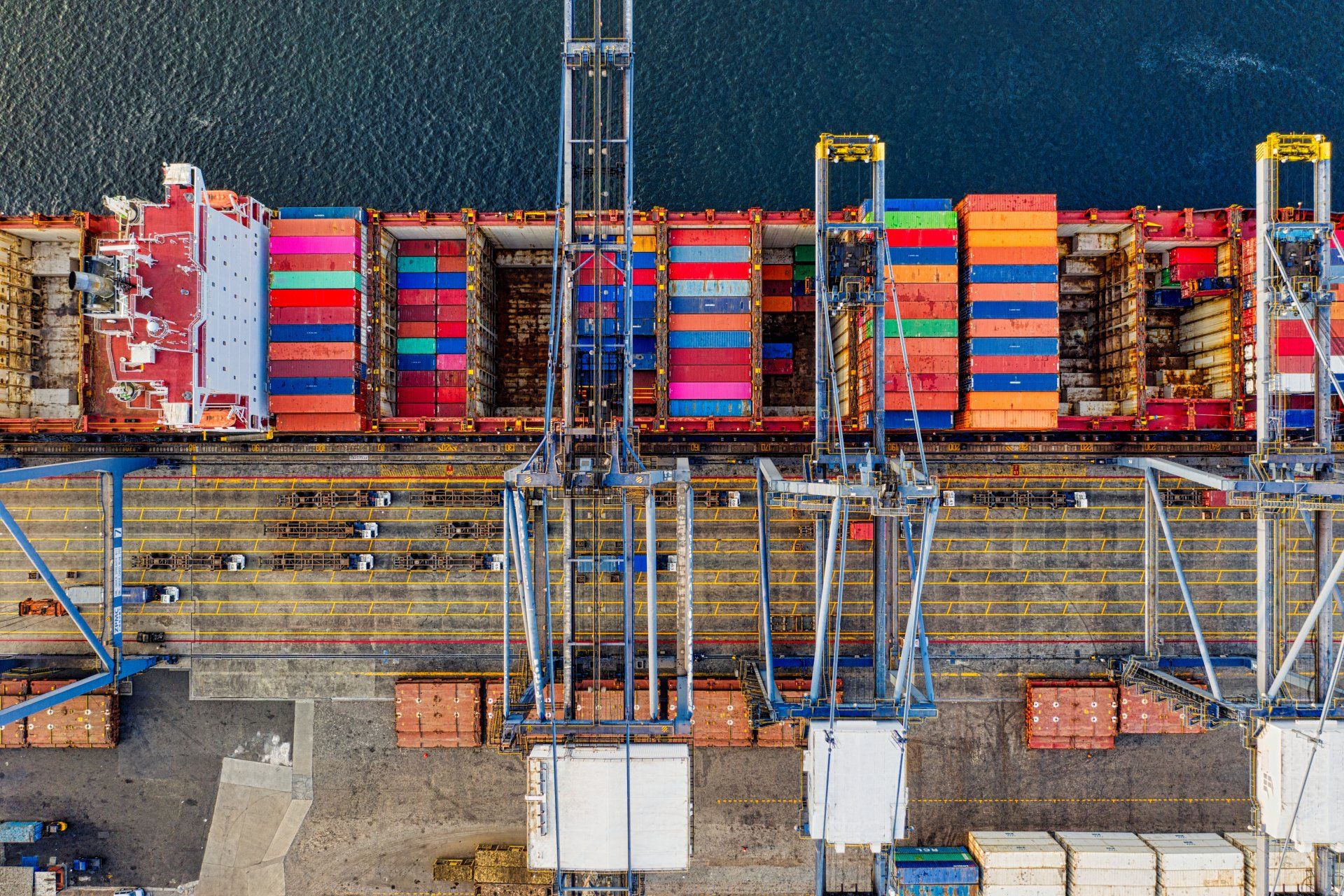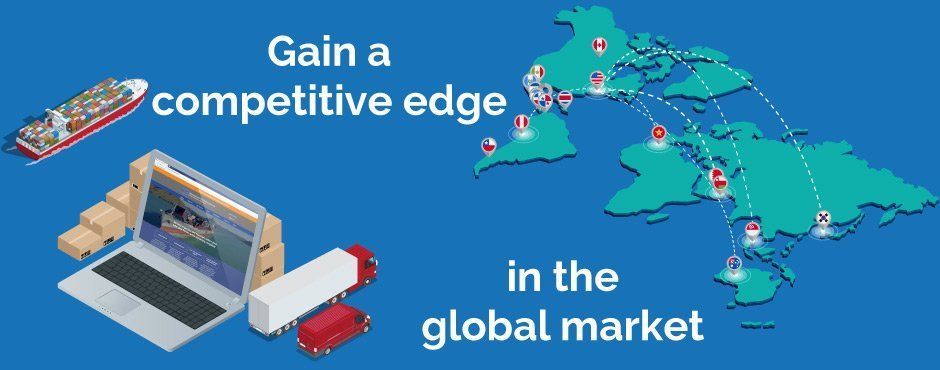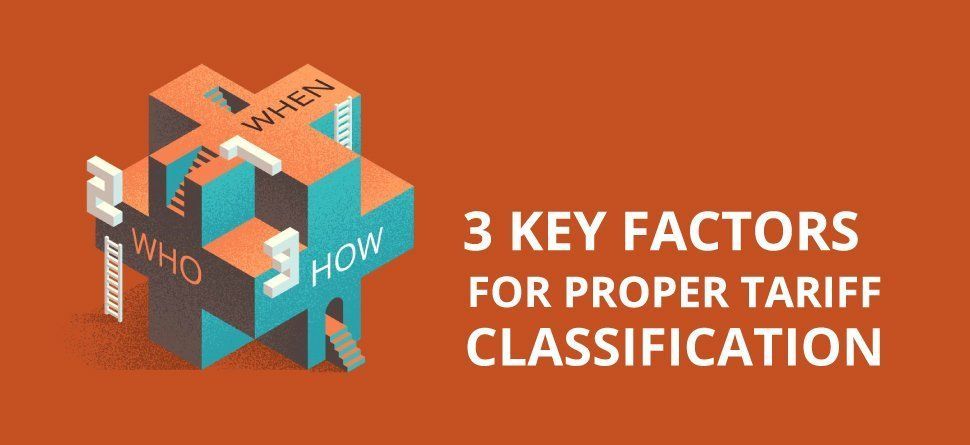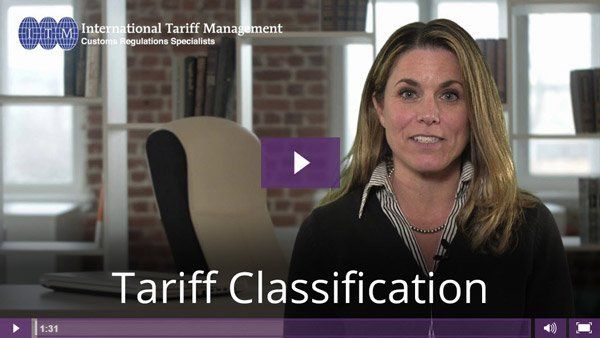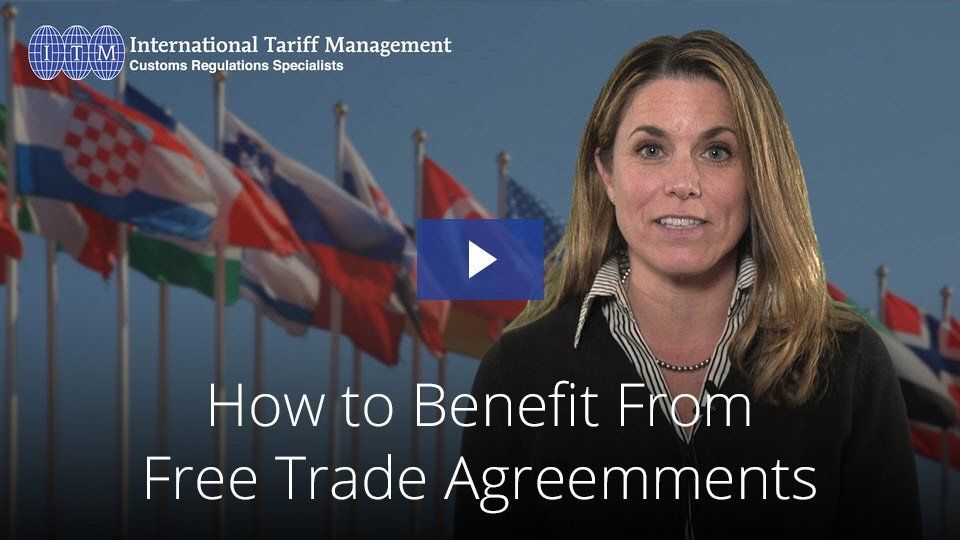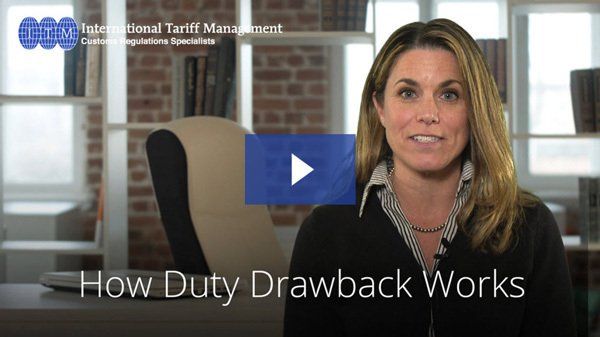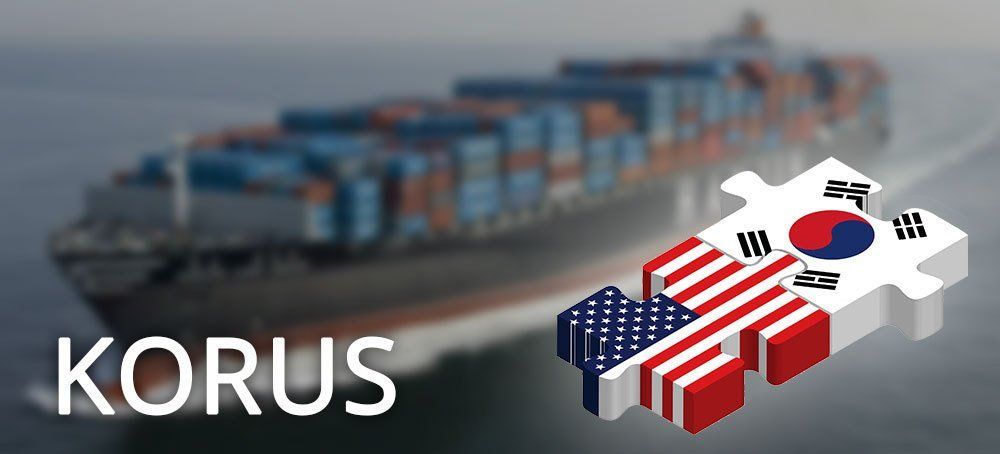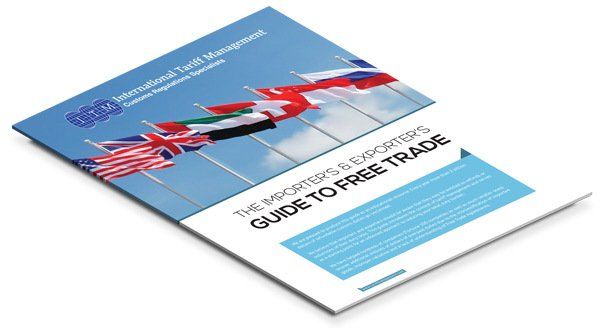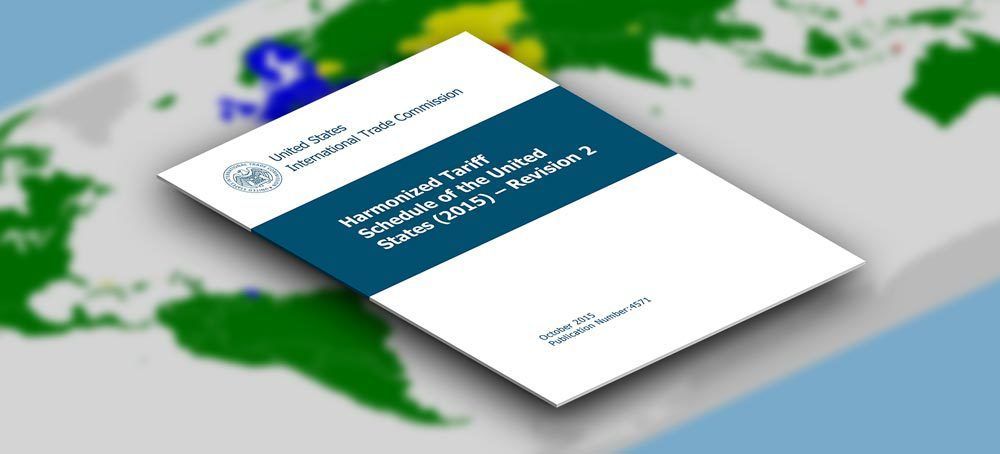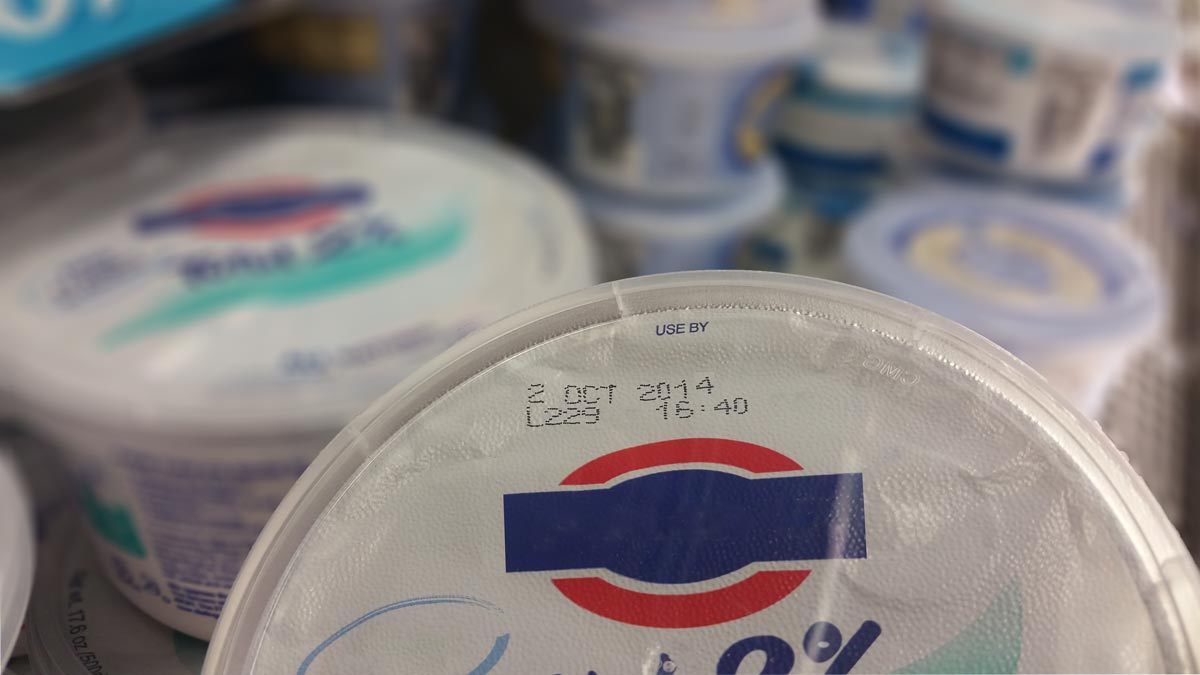Blog
The Duty Drawback Blog
Our blog articles are written by our team of experts with the knowledge and experience to identify and implement cost-saving strategies for your business. Let us guide you through the Duty Drawback process and ensure that you're taking advantage of all available opportunities. We endeavor to provide actionable advice that can help you optimize your supply chain and boost your bottom line.

By Jack LaMadeleine
•
12 Mar, 2024
In the intricate world of international trade, various mechanisms exist to facilitate smoother transactions and encourage commerce across borders. One such mechanism is duty drawback, a process that offers significant benefits to businesses engaged in importing and exporting goods. In this guide, we will delve into the concept of duty drawback, its benefits, and how businesses can leverage it to their advantage.

10 May, 2022
A free trade agreement (FTA) is an agreement between two or more countries where the countries agree on certain obligations that affect trade in goods. Currently, there are 14 Free Trade Agreements in effect in the U.S. with 20 different countries.
An importer collects and maintains the information to support the FTA qualification. An exporter from the U.S. is required to complete a declaration verifying that their goods qualify for free trade with the participating country.
The rules associate with FTAs are complicated and the analysis is intricate. There are multiple steps to the process and each one must be completed in order to move onto the next.
1. Classify the product according to the HTSUS in order to determine the rule of
origin for the specific finished product
2. Choose a preference criteria from the 4 available.
3. Use the rule of origin to determine the qualification of the finished good.
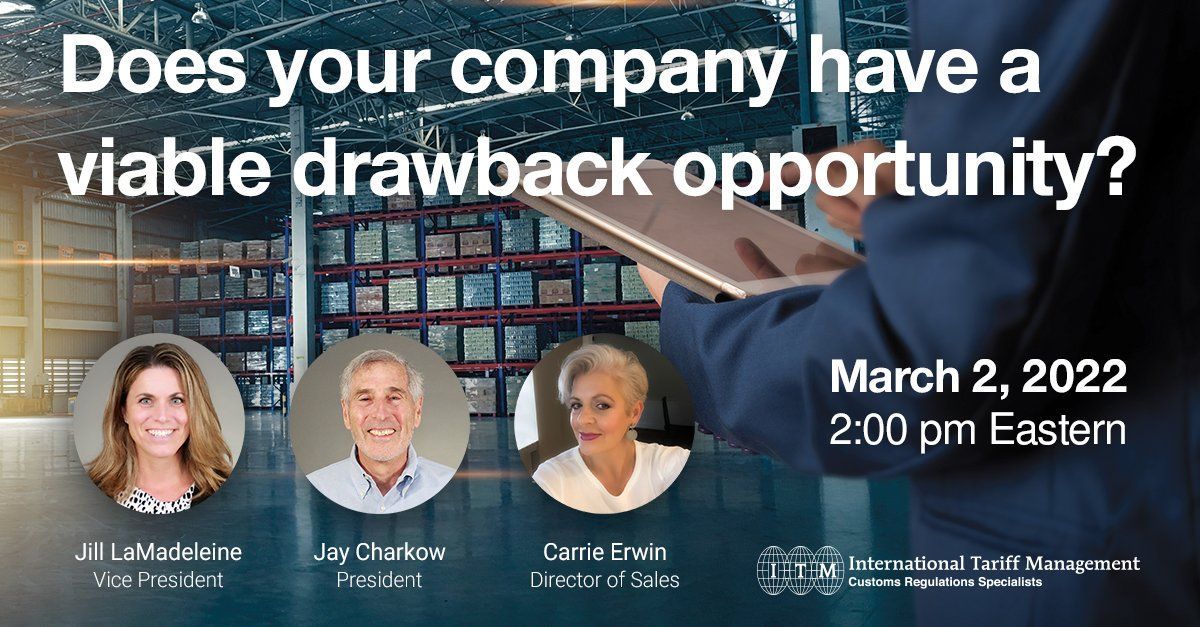
11 Feb, 2022
Duty Drawback is a refund from Customs, for 99% of the duties paid on imported materials that are subsequently exported, destroyed or used in the manufacture of exported goods. Today, only about 25 percent of eligible duty is being recovered. This means that $5 billion dollars goes unclaimed for drawback, and that money might be yours. So, how do you know if you are a candidate for a lucrative duty drawback program?

06 Feb, 2019
The new drawback regulations are written and will take effect on February 24, 2019. That’s less than a month from now!!
ITM is prepared to continue filing on behalf of all of our clients and we are excited about the possibility of new opportunities that will now exist under the new guidelines.
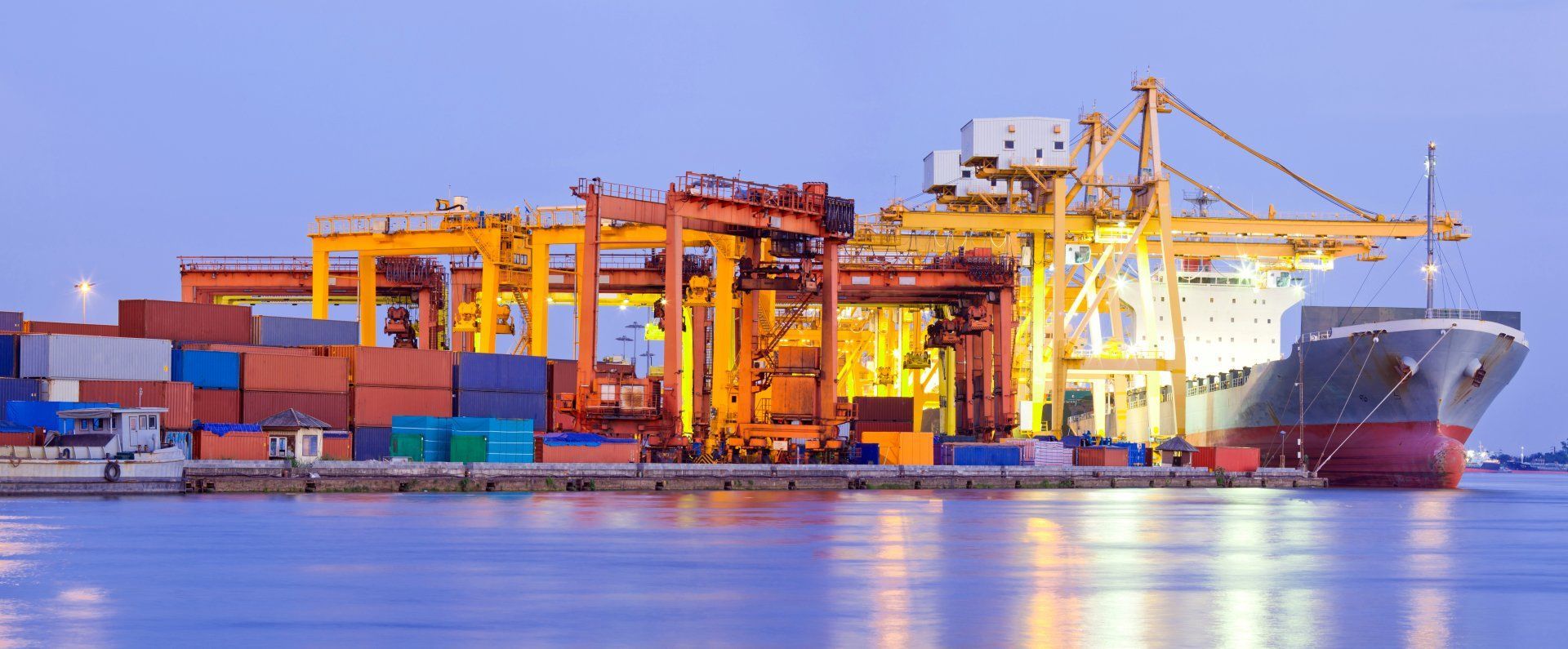
By jlamadeleine
•
08 Oct, 2018
Customs has maintained that the ultimate goal of TFTEA is to streamline and simplifying the drawback process. At this time, there are no formal regulations in effect, but the guidelines have been released and reviewed extensively by the trade. After much conversation and deliberation, the trade was allowed and has formally submitted a response to Customs on these proposed regulations and now waits the allotted 90 days to find out how they have been received and what the final determinations will be.
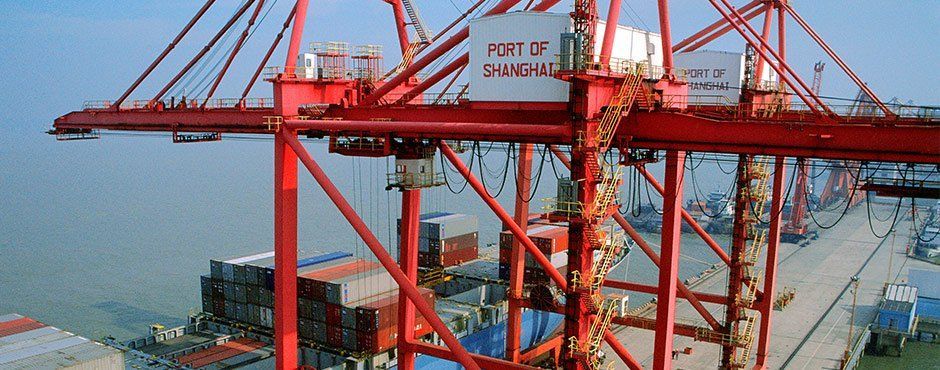
25 Sep, 2018
In April of 2018, the current administration announced that it would impose increased tariffs on items imported from China. By April of 2018, the Office of the US Trade Representative (USTR), released the first list of 1,300 tariff numbers subject to an additional 25% duty. That list, referred to as US List 1, went into effect on July 6th and included steel and aluminum. The USTR announced that this would subsequently be followed by a List 2 and 3.
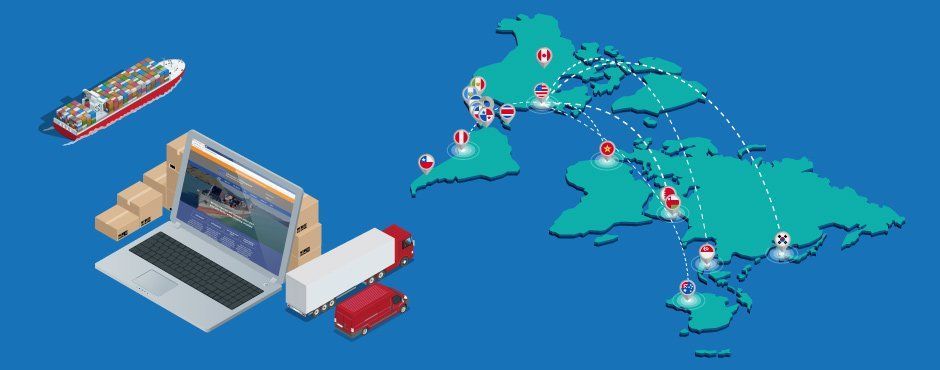
By jlamadeleine
•
01 Mar, 2017
Utilizing the benefits associated with Free Trade Agreements (FTA’s), is one of the best ways for U.S. exporters to sell their goods and services in foreign markets. Because there are fewer trade barriers, FTA’s enable U.S. companies to compete internationally. According to the International Trade Administration, 47% of U.S. goods that were exported in 2015 went to FTA partner countries. Those exports totaled $710 billion dollars. Many companies do not take advantage of the savings afforded them by participating in trade with FTA countries because they (1) are not aware of them, (2) do not understand them, or (3) do not have the resources to implement them.
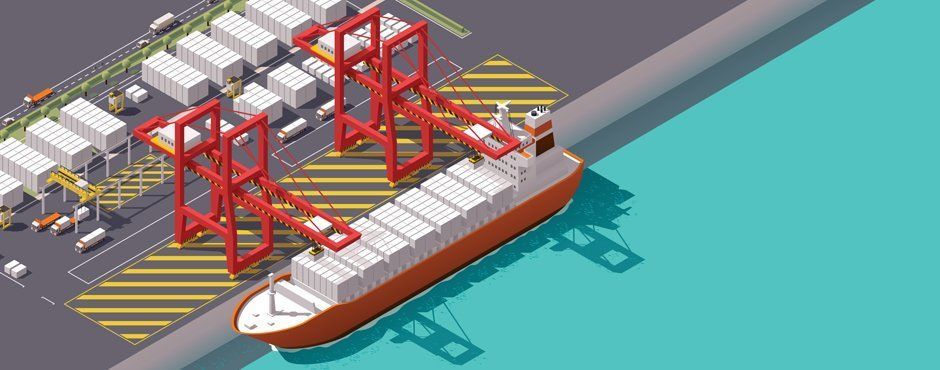
By jlamadeleine
•
30 Nov, 2016
The first thing you need to do is evaluate the connection between your imports and your exports. On a macro scale, you will need to determine the amount of duty you pay per year on imports (e.g. $250,000). Next, identify what percentage of your total sales is exported (e.g. 10%). Now multiply the percentage of exports times the amount of duty paid per year on imports, you will get a ball park estimate of your duty drawback recovery potential ($25,000 per year in this example). Of course every import is not exported, but this is a good calculation to use in order to establish a general starting point. The duty drawback regulations allow a claimant to go back 3 years when claiming drawback on exports, so using the example above this company would get an initial potential recovery of $75,000. If after using the calculation method above, you find that pursuing a duty drawback program seems viable, the next aspect for consideration is the clarification of the exporter of record. By law, the exporter of record is the party entitled to claim duty drawback. If you are not the exporter of record, those rights can be transferred back to you by the exporter of record, but this is an additional step that warrants consideration. The third point to assess is your company’s import history and available supporting documentation. You need not be the direct importer in order to claim duty drawback. If you obtain imported merchandise from a domestic third party, you can use that material in a duty drawback program by obtaining certificates of delivery. Again, this is an additional step in the process, one in which can be simplified by acquiring the services of a duty drawback professional. Once you have determined that you have a viable duty drawback program, a potential claimant will need to obtain permission from U.S. Customs and Border Protection in order to file the duty drawback claims. These permission letters include accelerated payment, waiver of prior notice, and in the case of a manufacturing process, a specific or general drawback ruling. When the applications have been filed with Customs, the duty drawback claims can then be submitted. It is imperative that a claimant files the older exports first, most importantly because you will begin to lose the ability to claim them once you exceed the statutory 3-year period. Once your applications are approved, payment should be received from Customs in approximately 30 days.
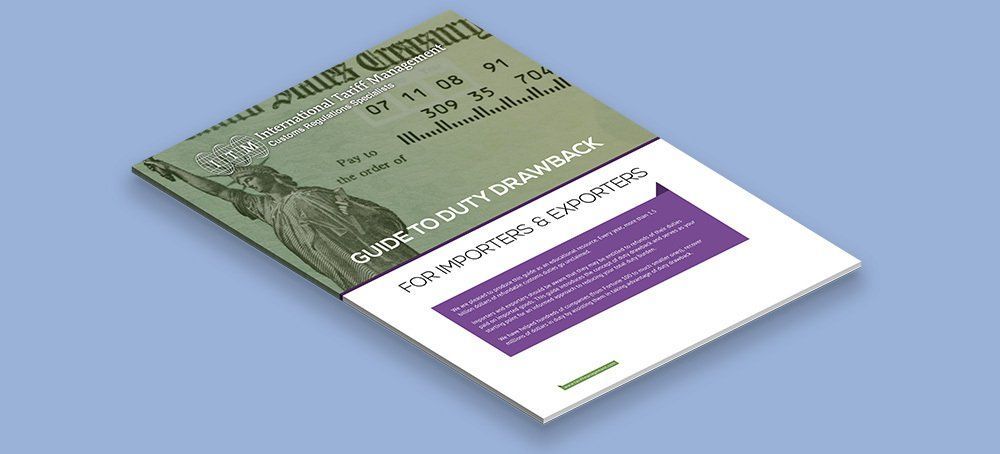
By jlamadeleine
•
20 Jan, 2016
Every year, more than 1.5 billion dollars of refundable customs
duties go unclaimed. Importers and exporters are entitled to refunds of their duties paid on imported goods. Our new guide introduces the concept of duty drawback and serves as your starting point for
an informed approach to reducing your total duty burden.


